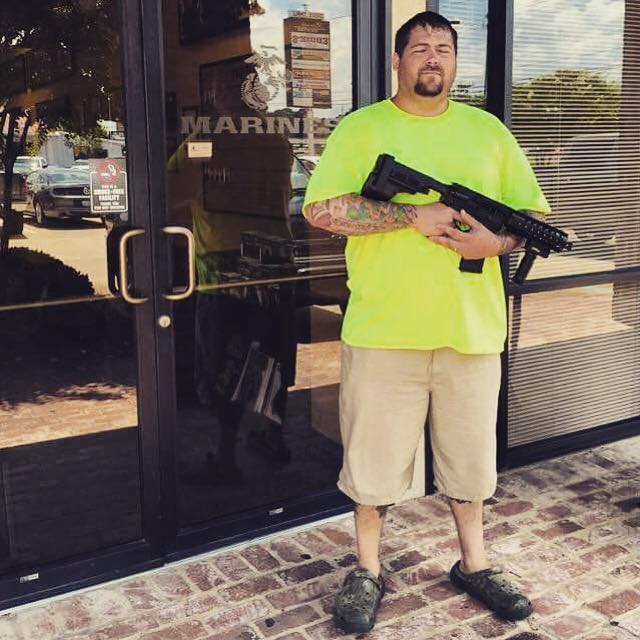Anti-gunners claim gun control is about reducing gun violence (but only non-state gun violence since they still need armed state goons to enforce gun control). To the state it’s really about, and I honestly think anti-gunners are completely ignorant of this, having another excuse to establish a surveillance state. Background checks, for example, are the currently darling child of the gun control movement but implementing them requires allowing the state to collected and store a ton of personal information on every American. Sometimes the surveillance aspect of gun control isn’t so abstract. The Bureau of Alcohol, Tobacco, Firearms, and Explosives (ATF) has taken surveillance to a new level by placing cameras around Seattle under the guise of finding violators of gun control laws:
The Federal Bureau of Alcohol, Tobacco, Firearms and Explosives (ATF) confirmed Thursday that they have placed video cameras throughout Seattle to, according to Special Agent Brian Bennett, “support an ongoing federal criminal investigation.” This comes in response to questions regarding a camera installed on 23rd Avenue and S. Jackson St. The location of other cameras is unclear.
ATF is the lead agency of the Puget Sound Regional Crime Gun Task Force – a partnership to reduce gun violence that includes the Seattle Police Department, Washington State Patrol and the Washington State Department of Corrections.
Gun control isn’t unique in this manner. The state preys on the public’s fear of all crimes and uses that fear to justify surveillance. Whether it’s muggers, rapists, gun runners, murders, or terrorists the solution is always the same: more spying on the people.
Another thing worth noting about this story is that the goal of reducing gun violence has no set goal, which means it can be used to justify leaving these cameras in place forever. When it talks of reducing crime the state never gives concrete cutoffs. It’s a nice way to continue justifying surveillance even when crime has dropped in an area. Any time the state expresses a non-specific goal the people should be concerned because that means it’s justifying a permanent power for itself.
